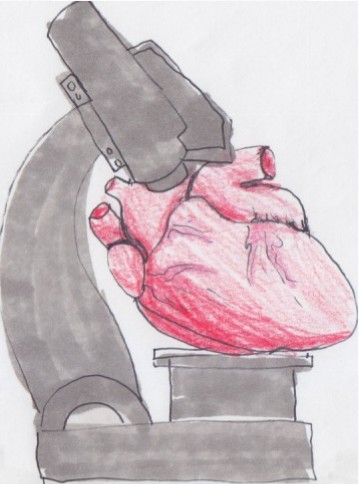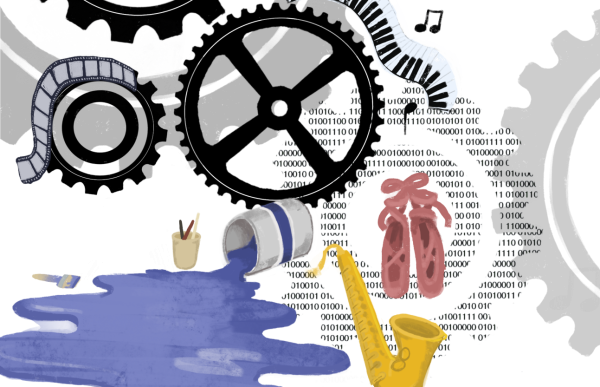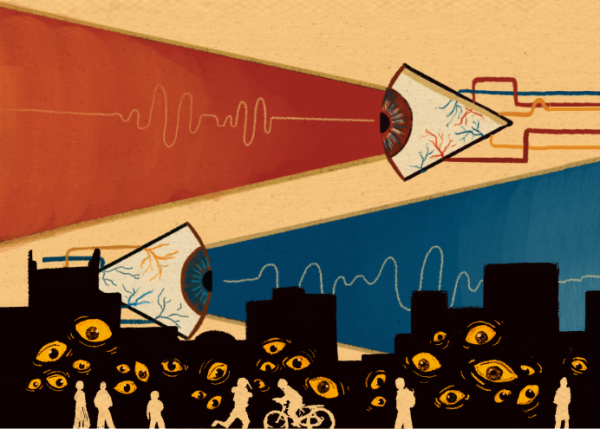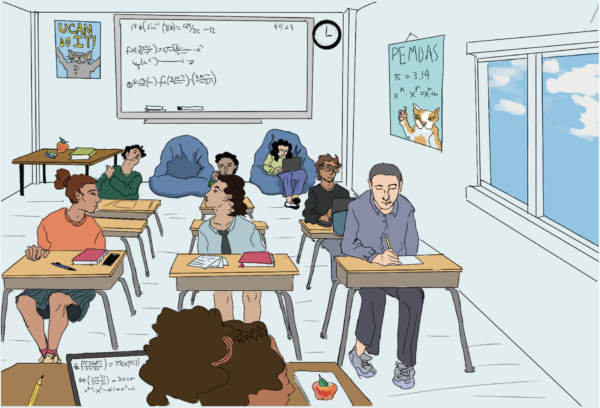Science explains the secret behind falling in love

While many claim love is an unexplainable feeling, scientists can find reasoning behind all “symptoms” of love.
David Allen, psychology teacher, explains how dopamine, a powerful neurotransmitter, is released when you do something that feels good. With love it also corresponds to anticipation and a longing or addiction to another person. He goes on to explain how there are several steps that have to occur in order for love to even be possible.
“Science can explain a lot, sometimes it might be too much. Often times my students leave saddened by the harsh reality of love,” explains Allen. “Scientists take a look at the process by which love forms and most scientists believe it starts with proximity.”
The extreme longing, the butterflies in your stomach, the heart rush, the sweaty palms and all other cliches you might feel when you’re falling in love can be explained biologically.
Allen credits the first step of falling in love to simply being around someone, which is why so many relationships form in places like school or the workplace.
Next, you must have mutual attraction on some level. Once you find that attractiveness, your brain then looks for similarities. “Similarities are really powerful
When bringing people together,” explains Allen. “When all of these things have happened positively in both people’s experience then this whole idea of love begins to form,” he adds.
This is why Allen discredits the idea of love at first sight. “The physiological arousal of love at first sight needs to be processed cognitively.” This idea of instantaneous love between two people cannot be true.
There are two types of love. The one that Valentine’s Day aims to sell is the “passionate romantic side.” There is also companionate love, which is “the evolution of a romantic love relationship into a mutual respect and ability to live satisfying lives with your partner,” says Allen.
This is why the romantic and passionate love can often be seen as an addiction to that other person. According to the Genetics Science Learning Center in Utah, “drug use changes the brain and over time dopamine levels increase.” Love, like drugs, creates dopamine that channels throughout your brain.
Like any addiction, the withdrawal is very powerful. Allen says, “When we’re addicted to this person in this passionate love state, the withdrawal if the relationship does not sustain itself can be equally as powerful.”
While you may still believe that there is only one person out there for you, all it takes is proximity, attractiveness and similarities to spark dopamine release. This is why many people can truly say that they have loved and lost throughout their lifetime.
To find out more about the psychology behind falling in love, watch Helen Fisher’s Ted Talks.
Your donation will support the student journalists of the Evanstonian. We are planning a big trip to the Journalism Educators Association conference in Nashville in November 2025, and any support will go towards making that trip a reality. Contributions will appear as a charge from SNOSite. Donations are NOT tax-deductible.






